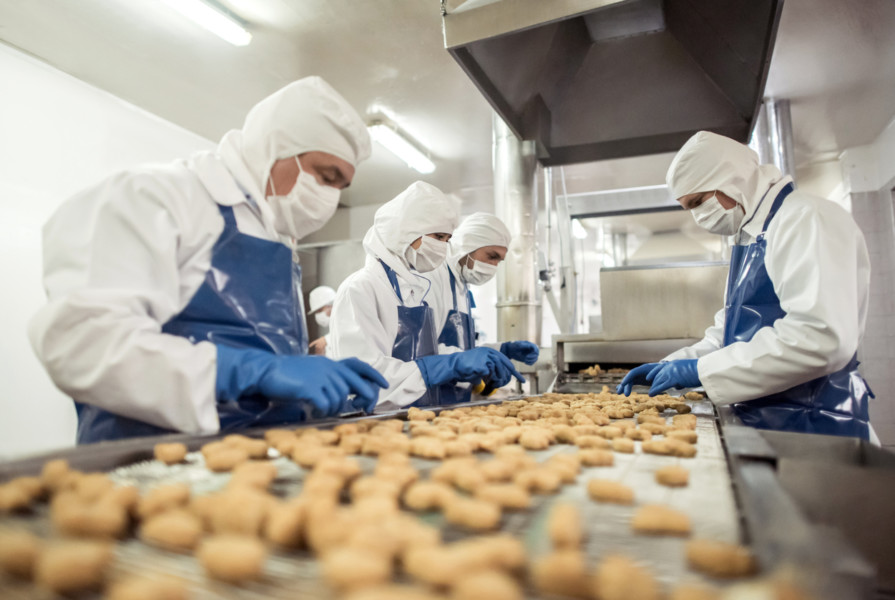For a long time, the Food & Beverage industry has relied on manual processes and a paper-based system. However, globalization of the food supply chain is a driving factor behind the increasing number of food safety incidents. An estimated 1 in 6 people in the United States experience varying degrees of foodborne illness each year, making contamination issues and food recalls a significant public health concern. They can also severely impact a company’s brand integrity from costly and damaging litigation and public scrutiny.
Producers and importers must perform precise, real-time product safety testing at all stages of production, processing, and distribution to ensure quality and compliance with food safety legislation. With food safety being a top concern of industry, consumers, and governments alike, segments of this industry face an increasing number of government standards and regulations, which are pressing companies to use a secure electronic data environment.
Here, in Food & Beverage, is where Laboratory Information Management Systems or LIMS play an important role, in helping labs manage the testing requests, handle all the data and records, be better prepared for audits, and comply with changing regulations.
Utilizing LIMS technology allows the quality department to automate all data collection, from testing to delivering the records of proof that are required for regulatory compliance all in accordance with Good Laboratory Practices. Furthermore, you can expect to reap the benefits of a secure environment for monitoring batch relationships between raw materials, processed materials, and packaged goods along with a centralized system that collects, stores, processes, and reports all the data generated within food laboratories – whether done in-house or outsourced to third party laboratories, allowing a complete overview of the quality of any product.
Not only that, but food manufacturers that think strategically understand that labor efficiency is a measure of how effectively a workforce completes a task in comparison to industry. Food and Beverage industry leaders that understand this also have a clear understanding that labor is money (or money is stored labor), and money equals margins. Food and beverage manufacturers that prioritize automation and reducing labor costs through implementing efficiency technologies will be more productive, more competitive, more profitable, and ultimately more successful.




